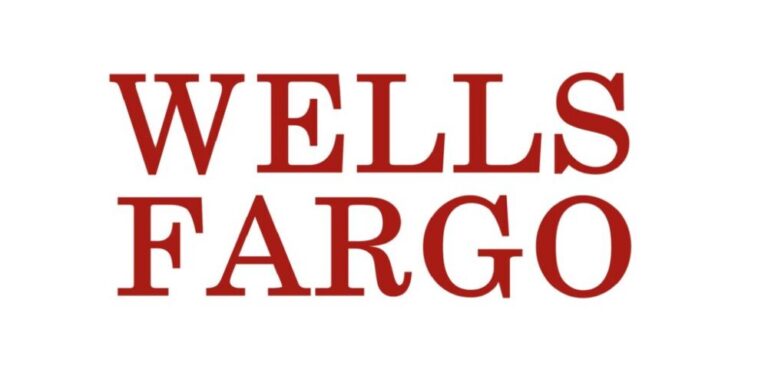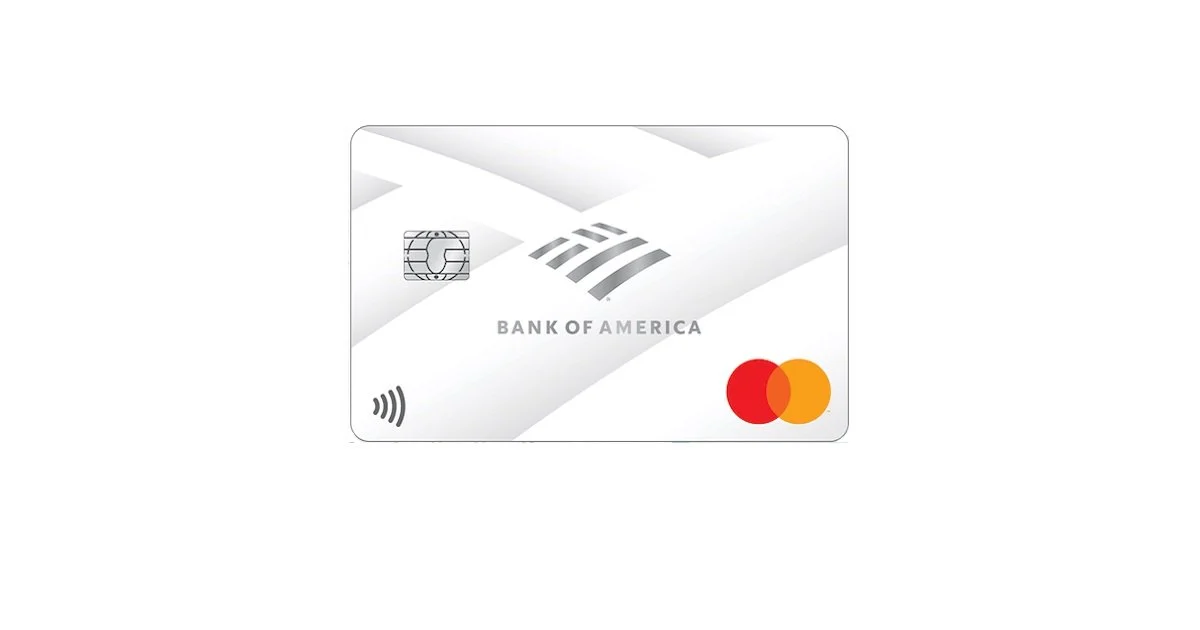The Evolution of Credit Cards: From Paper to Digital and Its Impact on Personal Finances

The Evolution of Credit Cards
The journey of credit cards has transformed remarkably over the last few decades. What began as a simple paper-based method of payment has evolved into a sophisticated digital financial tool. This evolution has not only revolutionized the way we spend but has also had profound effects on personal finances across the United States. Understanding this evolution allows consumers to make more informed decisions about their financial futures.
Consider these key milestones in the evolution of credit cards:
- 1950s: The introduction of the first plastic credit cards marked the initiation of a new era of consumerism. Initially, these cards, such as the Diners Club card, served as a method for facilitating transactions at select restaurants and hotels. They provided consumers with unprecedented purchasing power and paved the way for the new credit-dependent society.
- 1970s: The rise of bank-issued credit cards, like Visa and Mastercard, offered consumers convenience and a formal line of credit. With the introduction of automated teller machines (ATMs) and improved transaction processing systems, these cards became widely accepted, fostering a culture that embraced credit as a standard aspect of financial management.
- 2000s: The advent of online transactions changed the landscape further, as consumers could shop from the comfort of their homes. E-commerce giants like Amazon and eBay began to flourish, requiring a seamless online payment integration. This period saw a significant rise in digital fraud, which led to increased security measures like encryption and fraud monitoring, thereby reassuring consumers.
- 2020s: The integration of mobile wallets and contactless payments has redefined speed and accessibility in financial transactions. Platforms such as Apple Pay, Google Pay, and Samsung Pay allow users to make quick payments through their smartphones, streamlining the purchasing process. This not only caters to a tech-savvy demographic but also reflects a significant shift towards cashless societies.
These advancements have reshaped spending habits significantly. Consumers now have access to various tools that enable them to track expenses, manage budgets, and even build credit scores more effectively. For example, financial apps linked to credit cards allow users to categorize their spending, set financial goals, and receive alerts when bills are due, thereby promoting responsible financial behavior.
As we delve deeper into the transformative journey of credit cards, we will uncover their benefits—like cash back, travel rewards, and the flexibility of emergency funding—as well as challenges, such as overspending, debt accumulation, and the intricacies of credit scores. Understanding the lasting effects on personal finance in today’s economy is essential for anyone looking to enhance their financial literacy.
Prepare to explore a world where every swipe or tap can tell a story about our financial choices, leading to greater insights into how we spend and save in a rapidly changing economic landscape.
DISCOVER MORE: Click here to enhance your work-life balance
The Changing Landscape of Credit Cards
As we navigate the complexities of modern financial markets, the evolution of credit cards stands out as a critical factor reshaping personal finance. These plastic tools have transitioned from mere conveniences to essential components of financial management for millions of Americans. The impact on consumer behavior and financial literacy cannot be overstated, and understanding how credit cards have changed is key to harnessing their full potential.
One of the most significant developments in the credit card space has been the introduction of rewards programs. Many credit cards now offer cash back, travel points, and other incentives that encourage consumers to use their cards for everyday purchases. This paradigm shift means that consumers can turn their regular spending into rewards, effectively providing a way to save for future expenses or experiences.
Additionally, the growth of technology has brought about a wave of financial tools that enhance the way consumers utilize credit. Mobile applications connected to credit cards allow for real-time tracking of expenses, which is revolutionizing budgeting and spending habits. Users can categorize transactions, track insights about their financial patterns, and set personalized financial goals—all of which contribute to greater financial literacy and accountability.
Another noteworthy impact of this evolution is the emergence of subscription services and their interaction with credit card usage. From streaming platforms to subscription boxes, consumers have shifted towards recurring payments facilitated by credit cards. This convenience, while practical, poses the risk of overspending, as recurring charges can lead individuals to overlook their monthly expenditures. According to a recent survey, approximately 84% of respondents admitted to facing challenges in keeping track of multiple subscriptions, highlighting the importance of vigilance in personal finance management.
Moreover, financial education has become increasingly vital in this credit-centric culture. With easy access to credit, consumers must navigate the intricacies of interest rates, billing cycles, and credit scores. Understanding how credit utilization impacts one’s credit score has never been more crucial, as it can influence everything from loan eligibility to insurance premiums. The increasing reliance on credit calls for proactive measures to ensure that consumers are equipped with the knowledge to make informed financial decisions.
As we continue to explore the profound effects of credit cards on individual finances, it’s essential to consider both the benefits and the challenges that come with these powerful financial tools. From the allure of rewards programs to the potential pitfalls of debt accumulation, the relationship we have with credit cards is as multifaceted as it is significant. Understanding these dynamics can empower consumers to better manage their financial futures in an increasingly credit-driven society.
DISCOVER MORE: Click here for tips on staying active
The Dual-Edged Sword of Credit Access
The transformation from paper to digital credit cards has not only streamlined transactions but has also introduced a dual-edged sword regarding credit access. As people increasingly rely on the convenience of credit cards, the potential for accumulating debt has risen significantly. According to the Federal Reserve, the total outstanding credit card debt in the United States surpassed $1 trillion in recent years, indicating a growing dependency on credit for everyday transactions. This statistic underscores the need for consumers to exercise caution when using credit cards as a financial tool.
In a credit-driven society, the hazards of overspending are particularly pronounced for young adults and those new to credit. A study found that approximately 25% of millennials reported struggling with credit card debt, often due to impulse purchases fueled by the ease of swiping. These findings raise important questions regarding the effectiveness of current financial literacy programs targeting younger populations. Many of these initiatives struggle to fully address the nuances of managing credit responsibly, revealing an urgent need for comprehensive education on debt management and financial planning.
The Rise of Digital Payment Solutions
The digital evolution of credit cards has also catalyzed the emergence of various payment solutions and technologies. Digital wallets such as Apple Pay, Google Wallet, and Venmo enable consumers to make seamless transactions directly from their smartphones, further shifting the reliance from traditional banking methods. This shift fosters a more instantaneous approach to spending, which can blur the lines between income and expenditure management. Making it even easier to track expenses, many digital wallets now provide users with spending analytics, empowering them to make better financial choices.
Additionally, the integration of biometric security measures has enhanced the safety of credit transactions. Features such as fingerprint recognition and facial recognition are becoming standard, reducing fraud and unauthorized access. A report from J.D. Power indicates that nearly 70% of consumers feel more secure using mobile payment methods due to these advanced security features. However, the integration of technology also raises concerns about data privacy, pushing consumers to balance convenience with security as they navigate their financial lives.
Impact on Credit Scores
The increasing accessibility of credit cards has created a shift in how credit scores are calculated and utilized. Credit scoring agencies now assess a broader range of factors, including payment history, credit utilization, and the mix of credit accounts. As more consumers participate in the credit system, the FICO score—the most widely used credit scoring model—has transitioned to reward users who manage their credit wisely. Individuals with diverse credit profiles, including credit cards, loans, and other credit types, are generally seen as lower-risk, opening doors for better interest rates on future loans.
Nonetheless, the potential pitfalls remain evident. Failing to pay off balances in full each month can lead to a slippery slope of accumulating interest and penalties. In fact, data from the Consumer Financial Protection Bureau indicates that nearly 40% of Americans do not pay their credit card balances in full each month, which can drastically affect their credit scores and lead to a cycle of debt. This alarming trend emphasizes the importance of not only monitoring credit card usage but also adhering to a disciplined payment strategy.
The evolution of credit cards from their paper origins to the digital landscape we navigate today has undoubtedly transformed the financial services industry. As we increasingly integrate these tools into our daily lives, the need for informed and responsible credit management becomes ever more crucial. The landscape of personal finance continues to shift, compelling individuals to adapt and refine their approaches to borrowing, spending, and saving.
DISCOVER MORE: Click here to learn about the benefits of portion control
Concluding Thoughts on Credit Card Evolution
The journey of credit cards from their humble paper beginnings to the sophisticated digital versions we now use informs a significant shift in how we navigate personal finances. As access to credit has become easier, with options like digital wallets and mobile payments enhancing consumer experience, the landscape has transformed dramatically. However, this convenience is tempered by potential risks, as indicated by the startling statistic that approximately 40% of Americans carry a balance on their credit cards each month, potentially leading to insurmountable debt.
Moreover, while new technologies bolster security and facilitate tracking of expenses, they also highlight concerns surrounding data privacy and financial behaviors. Financial literacy has never been more critical, especially for younger generations that may struggle with the responsibilities that come with improved credit access. The increasing complexity of credit scoring—rewarding diversity in credit profiles—suggests that consumers must remain vigilant in managing their credit decisions.
As we forge ahead in this era of digital transactions, cultivating an understanding of credit management will be essential not just for personal financial success, but also for broader economic stability. The evolution of credit cards challenges us to not only embrace innovations but also reflect on our spending habits, ensuring we utilize these powerful tools wisely. By prioritizing comprehensive education on credit management, consumers can navigate this digital frontier and turn credit into a pathway to financial empowerment rather than a source of despair.


